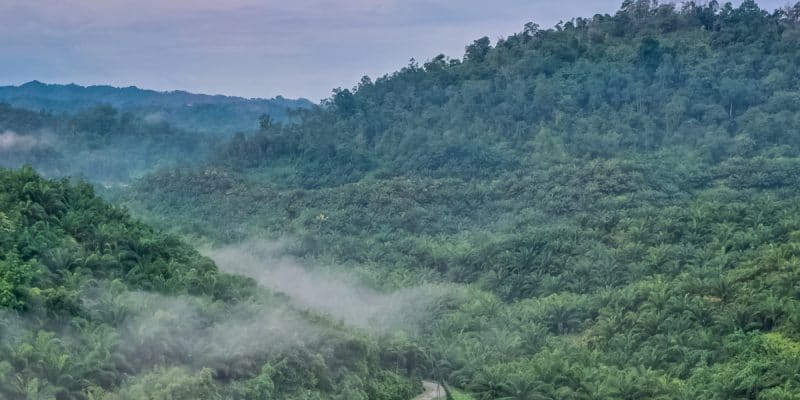As the COP15 against desertification opens in Abidjan, Ivory Coast, the UN Food and Agriculture Organisation (FAO) provides new data on the drivers and trends of deforestation worldwide. In Africa, 49 million hectares of tropical and rainforest have been ravaged in 18 years, the main cause being the expansion of agricultural land.
Africa is among the regions of the world that have seen the highest deforestation in the period 2000-2018. According to a report presented by the Food and Agriculture Organization of the United Nations (FAO) on 3 May 2022 in Seoul (South Korea), during the 15th World Forestry Congress, the continent lost 49 million hectares during this period. The areas most affected are tropical and rainforests, which are much coveted by industrial agriculture, particularly oil palm plantations.
The expansion of cultivated land (including oil palm plantations) is responsible for almost 50% of global deforestation according to the FAO report. One of the most obvious cases of this massive deforestation due to oil palm is in Cameroon. In the south of this country, the largest palm plantation project in Central Africa is being carried out, despite the opposition of local communities and environmental NGOs (non-governmental organisations). The Camvert project plans to swallow up 50,000 hectares of tropical forest, the equivalent of three times the Cameroonian capital, Yaoundé.
A global loss of 157 million hectares of tropical forest
With a loss of 157 million hectares, tropical forest loss accounted for more than 90% of global deforestation between 2000 and 2018. As well as Africa, this deforestation is also affecting South America. “This survey is important, not only for the new figures it provides, but also for what it tells us about trends in forest area and drivers of deforestation, and for the critical ability it gives us to monitor developments,” says Maria Helena Semedo, FAO’s Deputy Director-General.
Read also-CAMEROON: Camvert and the forest peril in the Congo basin
The FAO-led study is based on the ongoing remote sensing analysis of 400 000 samples by more than 800 local experts from 126 countries and territories. It was presented in conjunction with the 2022 edition of FAO’s State of the World’s Forests report.
Boris Ngounou







